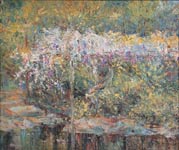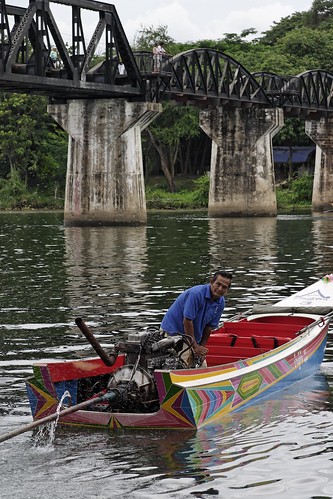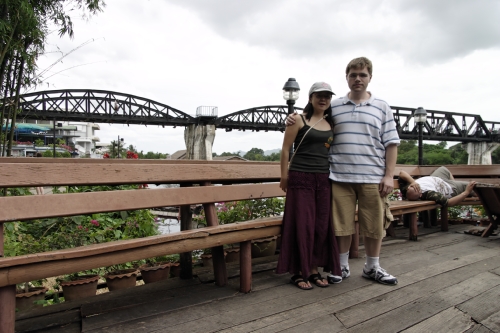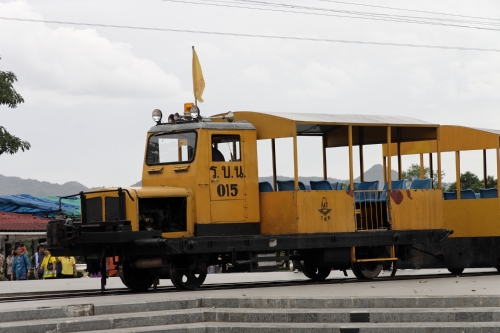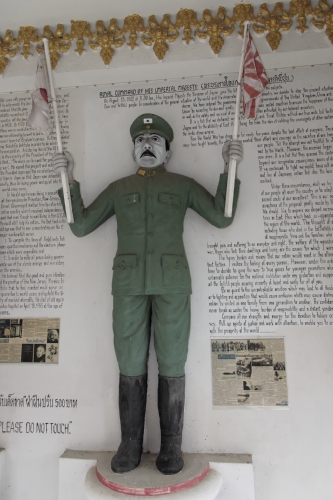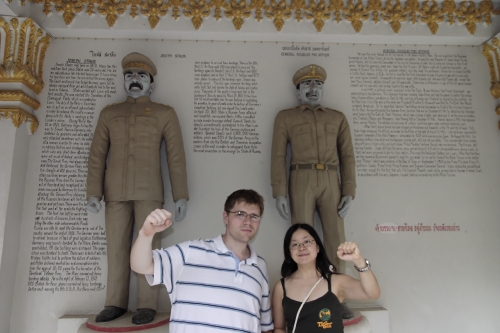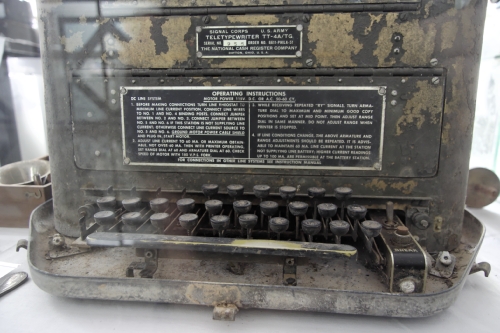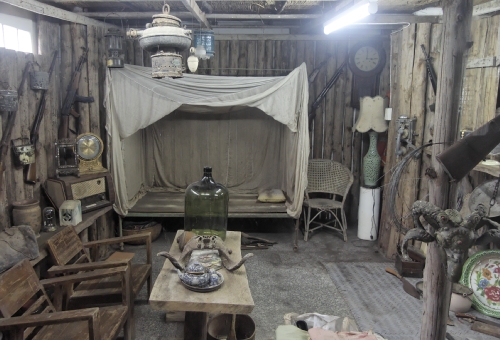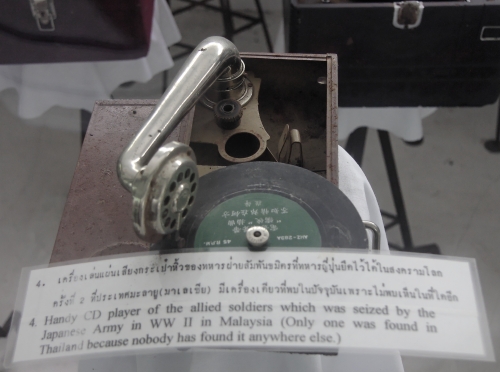The Asahi English website has a very interesting article entitled “Family planted Japan roots over a century ago“, on the history of the Apcar family, who first came to Yokohama around a century ago.
The family business, A.M. Apcar & Co., was established by Michael Apcar’s grandfather and run by his grandmother, Diana Agabeg Apcar after her husband’s sudden death in 1906. A.M. Apcar was born in what was then Persia and moved to India, then under British rule, and married Diana Agabeg. They were both from well-off Armenian families and decided to settle in Yokohama after spending part of their honeymoon here.
The entire history presented in the article is quite fascinating, but the following section is the one that really jumped out at me.
Life took a terrible turn as Japan moved toward a war footing.
In hindsight, it is curious the Apcars did not join other Westerners who left Japan before fighting broke out with the United States.
Leonard M. Apcar, Michael’s son, recalls a passage from memoirs written by Michael’s mother, Araxe, about an exchange with her husband about leaving Japan. Araxe asked her husband if Japan would ever go to war with the United States.
Michael Apcar Sr.’s reply was: “No, it would be suicide for the Japanese to go to war with the United States. It’s crazy and wouldn’t happen.”
On Dec. 8, 1941, after Japan bombed Pearl Harbor, military police surrounded the Apcar home and hauled Michael Apcar Sr. off to prison.
Among the reasons for the detainment was the fact that the elder Apcar was the highest-ranking member of his Masonic lodge in Yokohama.
He was imprisoned for 14 months, during which time he was often tortured for information about his fellow Masons, according to his son.
During his father’s imprisonment, Michael’s sister, Dorothy, died. Her tombstone was made in the United States and he had never seen it in the cemetery until Tuesday.
Life did not get any better after his father’s release. The Apcars were given the choice of moving to either Hakone in western Kanagawa Prefecture or Karuizawa in Nagano Prefecture. They chose Karuizawa because it was thought there was a better chance of bartering for food with local farmers.
“My father knew the war was on and there was no business to be conducted, so he sold everything in the house,” Apcar said, noting that the family moved to a much smaller cottage in Karuizawa.
“(My father) knew he had to get enough money to live on during the war and he didn’t know how long the war was going to last,” Apcar said.
The Apcars lived in Karuizawa for about two years, raising goats and chickens and growing potatoes after clearing land filled with tree stumps.
“The winters would get terribly cold,” Apcar recalls. “If we spilled water anywhere in the house, it would immediately freeze.”
What turned out to be a lifesaver for the Apcars was a makeshift oven for heating and cooking that was put together from sheet metal saved by Apcar’s father from crates he received as an importer of horse liniment.
As the war situation facing Japan worsened, conditions in Karuizawa grew harsher.
“It got so bad in Karuizawa that my father and I had to keep watch because people were so hungry they would come and dig up the potatoes,” Apcar said.
One of the few advantages to living in Karuizawa was the fact it was not a target for Allied bombing raids.
The same could not be said for Yokohama. After Japan surrendered, Apcar found work as a guide and interpreter for Swiss officials who were seeking permission from the U.S. Army to move the Swiss Embassy from Karuizawa back to Tokyo.
He went to his place of birth.
“Yokohama was flat,” Apcar said. “I couldn’t find my way in Yokohama because the house where I was born was gone. All I saw was a bathtub. Everything was burned up, gone.”
Apcar eventually sailed with one of his sisters in September 1946 to San Francisco, where they had relatives.
This particular episode is in stark contrast to another long term expat family who remained in Yokohama during World War 2, which some readers here may remember. Almost two years ago I made a long post on William R. Gorham, an American engineer who moved to Japan for business, helped to found the predecessor to the Nissan Motor Corporation, and eventually became, along with his wife, a Japanese citizen in May of 1941-about 5 months before the attack on Pearl Harbor. The Gorham children returned to the US around this time, having been raised and educated in Japan but never naturalizing there. William R. Gorham survived the war with no particular hardship, was treated well by the occupation authorities-who he worked for as an advisor-and had a successful consulting firm in the postwar period, which helped such companies as Canon. His son Don Cyril Gorham, who was perhaps the first (or at least among the first) Westerner to receive an undergraduate degree from Tokyo University, served as a translator for the US both during and after the war, and visited Japan as recently as last October, at the age of 90.
The question looms of why one Western family, who as Americans were citizens of the very country Japan was going to war with and had been in Japan only for a couple of decades, was given the royal treatment, while the other, who had lived in Japan far longer and had no ties to the US (although they did move there postwar) were imprisoned like POWs. It seems likely that family connections were key.
While the Apcar family presumably had strong connections to the Yokohama business community, the many overseas contacts needed to run a successful trading company may have alarmed security officials. And as the article points out, membership in the Masons was also a key factor. Foreign-based quasi-mystical secret brotherhoods would not have been well regarded by the militaristic government of 1941 Japan.
By contrast, William R. Gorham’s business interests were pretty much Japan based. He was an inventor and engineer more than a businessman, and seems to have been little involved in any sort of international dealings. The Gorhams moved in high society. His wife studied traditional arts such as ceramics and ikebana with masters of the crafts, and even tutored a princess in English. Mr. Gorham’s close friend and business partner was Yoshisuke Ayukawa, famous for expanding Nissan (which Gorham himself contributed greatly to) into a zaibatsu, and helping develop Japanese industry in Manchuria. In fact, Don Cyril-his son-speculated in an email to me (actually transcribed by his daughter) that Ayukawa used his personal influence to fast-track the Gorham’s unusual eve-of-war application for citizenship.


